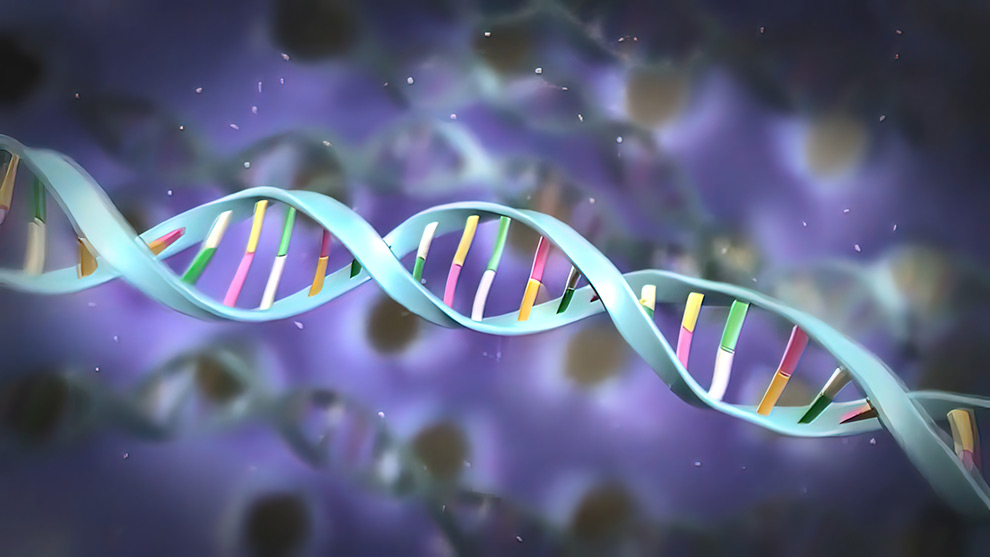How PIN Turns to Prostate Cancer

If you’ve had a prostate biopsy, you may have seen the words “prostatic intraepithelial neoplasia (PIN)” on the pathology report. What is it? Based on years of study, much of it led by Brady scientists, “we recognize PIN as a warning sign of cancer in the making – a precursor lesion,” says Vasan Yegnasubramanian, M.D., Ph.D., Professor of Oncology and Co-Associate Director of Precision Oncology at the Kimmel Cancer Center.
What exactly happens to change PIN from a precursor to cancer? To find out, Yegnasubramanian and investigators William Nelson, M.D., Ph.D., and Angelo De Marzo, M.D., Ph.D., looked at molecular alterations to a gene called GSTP1 (pronounced “GST-pie”). GSTP1 is a chemical fire extinguisher; it dampens the potential fire of inflammation and keeps it from damaging DNA. But in most men with prostate cancer, GSTP1 is disabled early on by a series of chemical changes, a process called methylation.
“We dove deep into the DNA,” says Yegnasubramanian, “and an intriguing pattern emerged” amid the intermingled cancerous, PIN, and healthy cells. “The amount of DNA methylation in GSTP1 gradually increased from healthy to cancerous cells,” shutting off the fire extinguisher. “This stepwise increase was clearly evident as we moved from normal or inflamed tissue to pre-cancerous PIN tissue, with nearly complete methylation in the full-blown cancerous tissue.”
A new biomarker test for prostate cancer may result from this work. “These methylation changes could serve as a telltale sign of the earliest stages of prostate cancer.”
